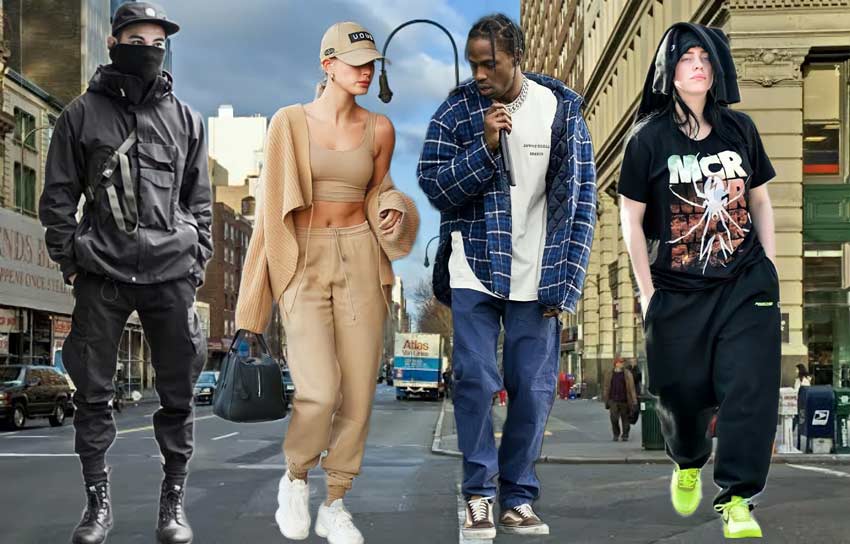
In recent years, the fashion industry has undergone a significant paradigm shift towards sustainability. As consumers become more environmentally conscious, the demand for ethically produced and eco-friendly fashion has surged. This exploration delves into the evolution of sustainable fashion, examining its impact on the industry and how it is redefining style with a conscience.
Early Efforts: Eco-Friendly Materials and Slow Fashion
The roots of sustainable fashion can be traced back to the early 2000s when designers began experimenting with eco-friendly materials such as organic cotton, hemp, and recycled fabrics. Slow fashion, a movement promoting quality over quantity and emphasizing durability, gained traction. Brands like Stella McCartney championed cruelty-free and sustainable practices, paving the way for a more conscious approach to fashion.
The Rise of Eco-Friendly Innovations
In the mid-2010s, technological innovations began reshaping sustainable fashion. The development of bio-fabricated materials, such as mushroom leather and pineapple fiber, provided eco-friendly alternatives to traditional textiles. 3D printing and digital design minimized waste, contributing to a more sustainable production process.
Consumer Awareness and Ethical Practices
A crucial aspect of sustainable fashion is consumer awareness. As shoppers become more informed about the environmental and social impacts of their choices, they demand transparency from brands. The Fashion Revolution movement, for example, calls for greater accountability in the fashion industry, pushing brands to adopt fair labor practices and ethical sourcing.
Circular Fashion: Closing the Loop
Circular fashion emerged as a solution to the problem of textile waste. Brands began embracing circular economy principles by designing products for longevity, encouraging repair and recycling. Rental and resale platforms gained popularity, promoting a shift from ownership to access. This not only reduces the environmental footprint but also challenges the traditional concept of constant consumption.
Mainstream Adoption and High Fashion’s Commitment
Sustainable fashion has transcended niche markets, with mainstream brands incorporating eco-friendly practices into their production processes. High-end fashion houses, such as Gucci and Prada, have committed to sustainability goals, emphasizing the importance of responsible fashion at all price points. Fashion weeks around the world now feature sustainable collections, showcasing that style and sustainability can coexist.
Challenges and Future Outlook
Despite the progress, the fashion industry faces challenges in achieving complete sustainability. Issues such as overconsumption, greenwashing, and the use of harmful chemicals still persist. However, the growing momentum behind sustainable fashion suggests a positive trajectory. The future holds the promise of further innovations, increased collaboration, and a continued shift towards a more sustainable and ethical fashion industry.
In conclusion, sustainable fashion is not just a trend; it’s a fundamental transformation of the industry. With each passing year, the movement gains momentum, redefining style with a conscience and paving the way for a more responsible and environmentally friendly fashion landscape.

